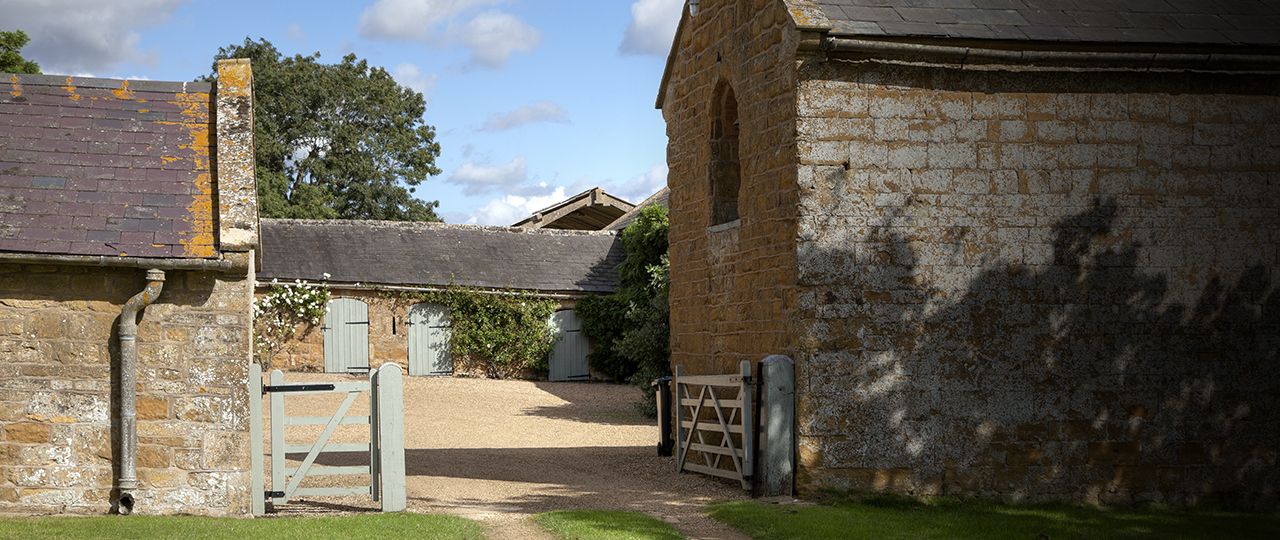

Permitted development rights, introduced in April 2014, provide a great opportunity to many farmers and landowners.

Now covered under Class Q of the Town and Country Planning (General Permitted Development) (England) Order 2015 (GPDO), these rights allow for the change of use of an agricultural building and any land within its curtilage to residential use, alongside any reasonably necessary building operations.
Before work can proceed, however, an application for prior approval from the local planning authority is required. While this considers fewer matters than a full planning application, it can still prove frustrating, and provides the local authority with a degree of control and discretion. Experience of implementation of the new rights, in addition to clarification from government and planning determinations, can provide greater certainty for landowners.
For agricultural to residential conversions, a total of up to 450 sq m of floorspace can be changed in each agricultural unit. Matters covered in applications for prior approval include effects on transport and highways, noise impacts, contamination and flooding risks, and external appearance.
The authority must also consider ‘whether the location of the building makes it otherwise impractical or undesirable for [it] to change to residential use’ – and this final requirement has proved contentious. Within the first six months of the rights coming into force, it was reported that councils rejected half of all applications. Location was frequently cited, with councils using both their own and national policies seeking to restrict new housing in the countryside as justification.
In 2015, the government updated the National Planning Practice Guidance, which has provided support for conversion to residential use and highlighted that the right does not apply a test in relation to sustainability of location. It also recognises that many agricultural buildings will not be in village settlements and may not be able to rely on public transport.
The update also provided guidance on what is meant by ‘impractical or undesirable’ in a change in use. For example, the fact that an agricultural building is located where the local planning authority would not normally grant planning permission for a new dwelling is an insufficient reason for refusing prior approval. There has since been a turnaround in the number of applications being granted, resulting in numerous success stories across the national Strutt & Parker development and planning teams.
If a building is listed, or within a conservation area, an area of outstanding natural beauty or a national park, permitted development rights do not apply. Despite this, government support for the principle of reusing agricultural buildings for residential purposes can be treated as a material consideration – and we have used this to provide positive justification alongside planning applications on behalf of our clients. In several cases, the GPDO has also provided an avenue to achieving more complex planning permission once the principle of a residential use has been granted prior approval.
The government’s response to the Rural Planning Review, published in February, proposes new permitted development rights that allow up to 750 sq m of floorspace to be converted to residential use and up to five new dwellings to be created on each agricultural unit. But there is also greater flexibility for farms that have diversified to include business activities.
From 30 September 2017, new rights will allow for light industrial buildings and workshops to be converted for residential use. As with the agricultural rights, certain restrictions and requirements will apply: there will be a limit of 500 sq m for the area to be converted, and the building must have been in light industrial use on 19 March 2014, or at the point when it was last in use.
This will, however, present an important opportunity to provide homes to meet local needs and support the vibrancy of rural communities – as well as lending further support to landowners seeking to progress schemes through the planning process.
Read more
This article originally appeared in Strutt & Parker's magazine, Land Business Spring/Summer 2017. Read the full magazine here.





